WHY INDIA
Why India is the right choice for you.
- Home
- INDIA
- Why India
India is a multiparty, federal, parliamentary democracy with a bicameral legislature.
In addition to the national currency Indian Rupee, the use of USD is widespread.
The official language is Hindi. Also English is widely used and for official purposes.
India, located in South Asia, boasts a strategic geographical position that has played a pivotal role in its history and development. Surrounded by the Indian Ocean on three sides, India enjoys access to major shipping routes, making it a key player in international trade and commerce. Its diverse topography, from the towering Himalayas in the north to the lush coastal plains in the south, offers abundant natural resources and a rich biodiversity, attracting tourists and nature enthusiasts alike.
Throughout its storied history, India has been a melting pot of cultures, religions, and civilizations. From the ancient Indus Valley Civilization to the Mughal Empire and British colonial rule, the country’s past is a tapestry of dynasties and influences. Today, India stands as the world’s largest democracy, reflecting its commitment to freedom, diversity, and pluralism. Its rich cultural heritage is evident in its vibrant festivals, art forms, and culinary traditions, captivating visitors from around the globe.
With a population exceeding 1.44 billion people, India is home to one of the largest consumer markets in the world. Its rapidly growing middle class, coupled with a youthful demographic, presents immense opportunities for businesses and investors. From bustling urban centers like Mumbai and Delhi to emerging tech hubs in Bangalore and Hyderabad, India’s dynamic economy is fueled by innovation, entrepreneurship, and a robust domestic market.
Despite its vast size and complexity, India is widely regarded as a safe destination for travelers. The country’s hospitality, warmth, and strong sense of community create a welcoming environment for visitors from all walks of life. With its diverse landscapes, rich history, booming economy, and friendly locals, India offers a truly unforgettable experience for those seeking adventure, culture, and discovery.
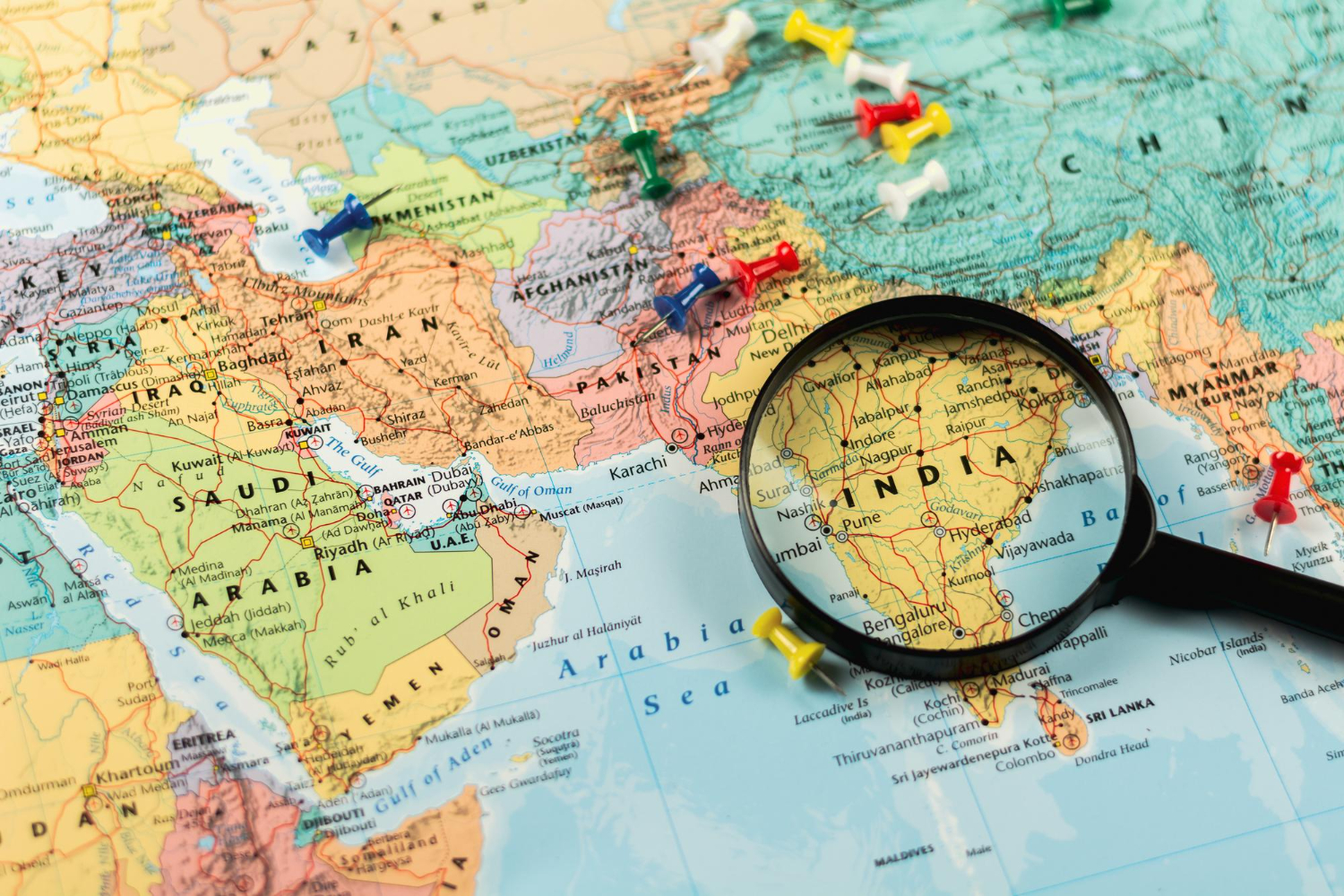
1.Strategic Location
Situated at the crossroads of Asia, India’s strategic location provides a gateway to the vast markets of South Asia, Southeast Asia, and the Middle East.
Its proximity to major shipping routes and its access to the Indian Ocean make it an ideal hub for international trade, investment, and strategic partnerships.
Additionally, India’s strategic position offers geopolitical significance, making it a key player in regional diplomacy and security initiatives.
2. Access to Markets
India’s strategic location not only grants access to international markets but also encompasses a vast and diverse local market within its borders.
- India has signed several free trade agreements (FTA) with Singapore, Thailand, Vietnam, Malaysia, Myanmar, Philippines, Brunei Darussalam, Cambodia, Indonesia, Maldives, Sri Lanka etc.
- Countries where Indian preferential origin goods can be exported under preferential tariff treatment are China, Egypt, Brazil, Algeria, Vietnam, Argentina, Cameroon, Chile, Cuba, Guinea, Singapore, Bolivia, Ecuador, Morocco, Guyana, Indonesia, Mexico, Myanmar, Peru, Tunisia, Venezuela etc.
FTA agreements with EU countries (27) are currently under negotiation.
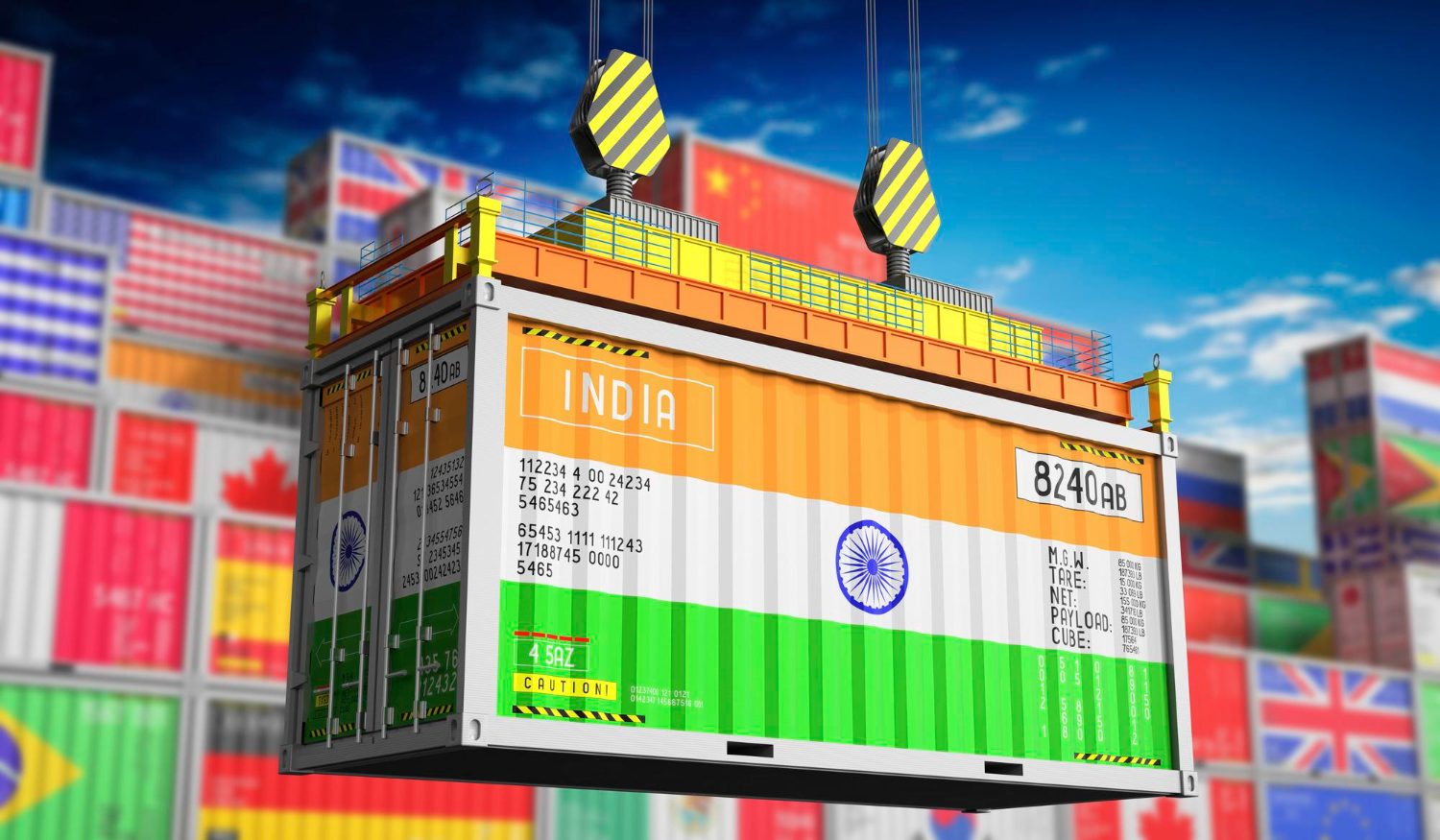
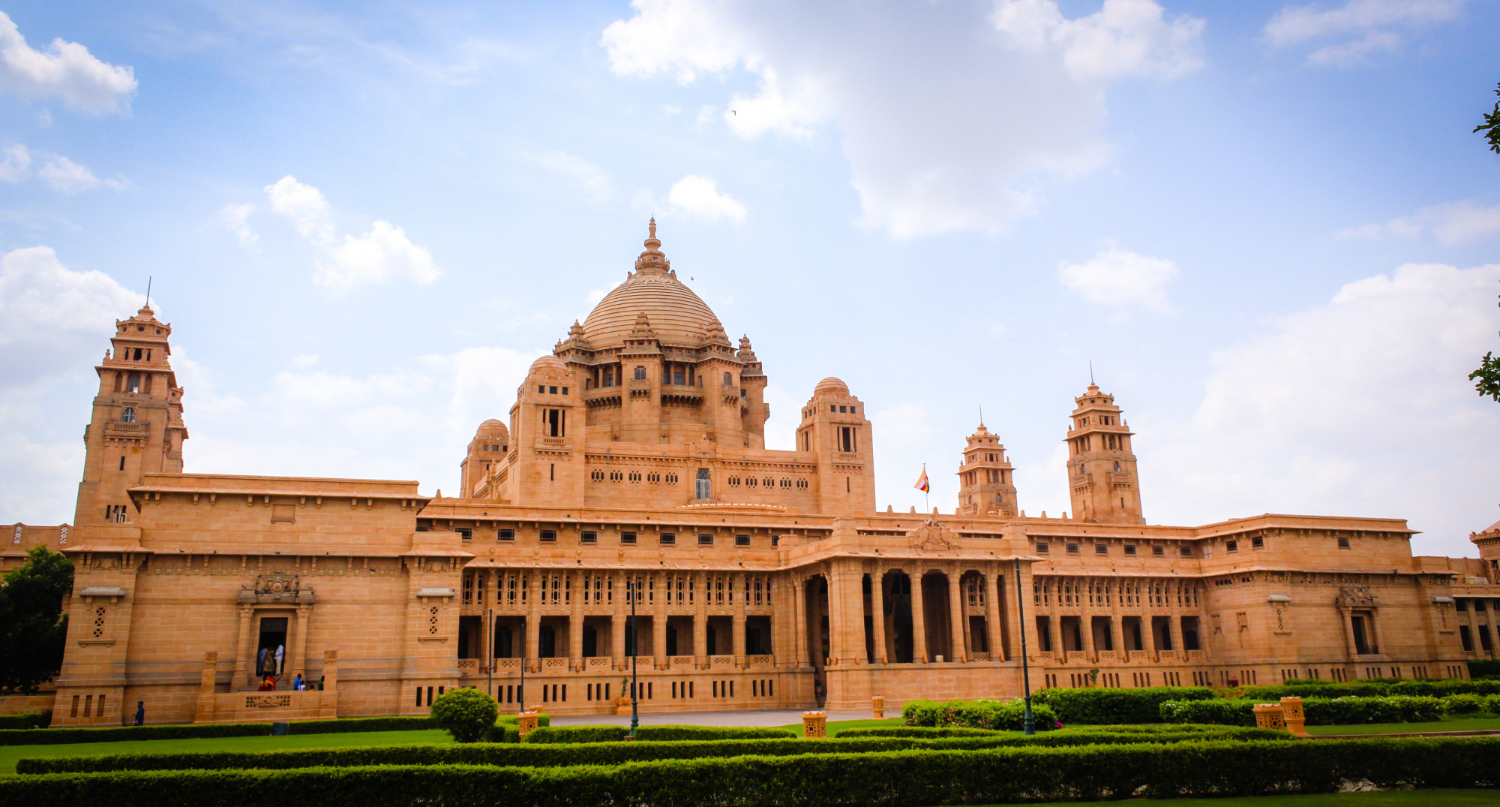
3. Political Stability
India’s enduring commitment to democracy ensures a stable political environment, fostering confidence among investors, businesses, and tourists.
With regular elections, peaceful transitions of power, and a strong rule of law, India provides a predictable landscape for strategic planning and investment.
This stability not only attracts investors but also contributes to regional peace and security.
4. Investment Incentives
India has liberalized its foreign direct investment (FDI) policies, allowing for greater participation from foreign investors across various sectors.
There are various incentives available to businesses depending on the economic activity, industry, location, and size of the firm.
India offers tax relief at both the central and state level. Additional incentives are available to investors in specific sectors, while India’s special economic zones (SEZs) offer their own comprehensive tax incentives and relief, competitive infrastructure, duty-free exports, and other measures designed to make it easier to conduct business. However, not all tax benefits offered are mutually inclusive.

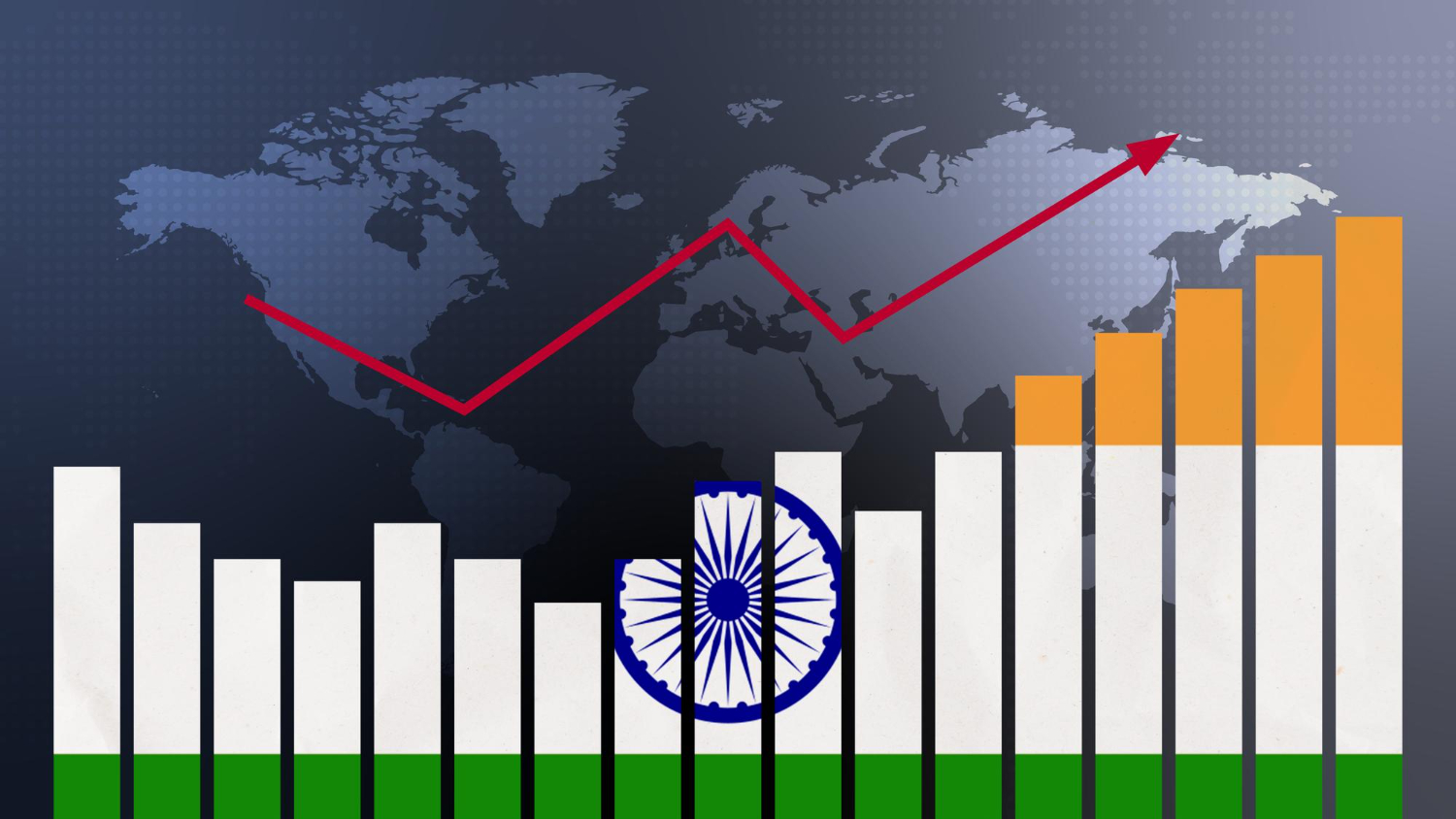
5.Economic Growth Potential
India’s vast market size, demographic dividend, and ongoing economic reforms position it as one of the world’s fastest-growing major economies. With a burgeoning middle class and a youthful population, India offers immense opportunities for businesses to tap into a growing consumer base.
Additionally, initiatives such as Digital India and Smart Cities drive innovation and infrastructure development, further fueling economic expansion. As a result, India remains a top destination for investors seeking high returns and long-term growth prospects in a dynamic and rapidly evolving market.
6.Safety and Security
India prioritizes the safety and security of its residents and visitors, boasting a robust law enforcement infrastructure and proactive measures to ensure public safety. With low crime rates in most tourist areas and a strong emphasis on hospitality, travelers can explore the country with confidence.
Additionally, initiatives such as the Tourist Police and dedicated helplines offer assistance and support to tourists, further enhancing the sense of security. Whether exploring bustling cities or serene countryside, visitors can enjoy India’s diverse landscapes and vibrant culture in a safe and welcoming environment.
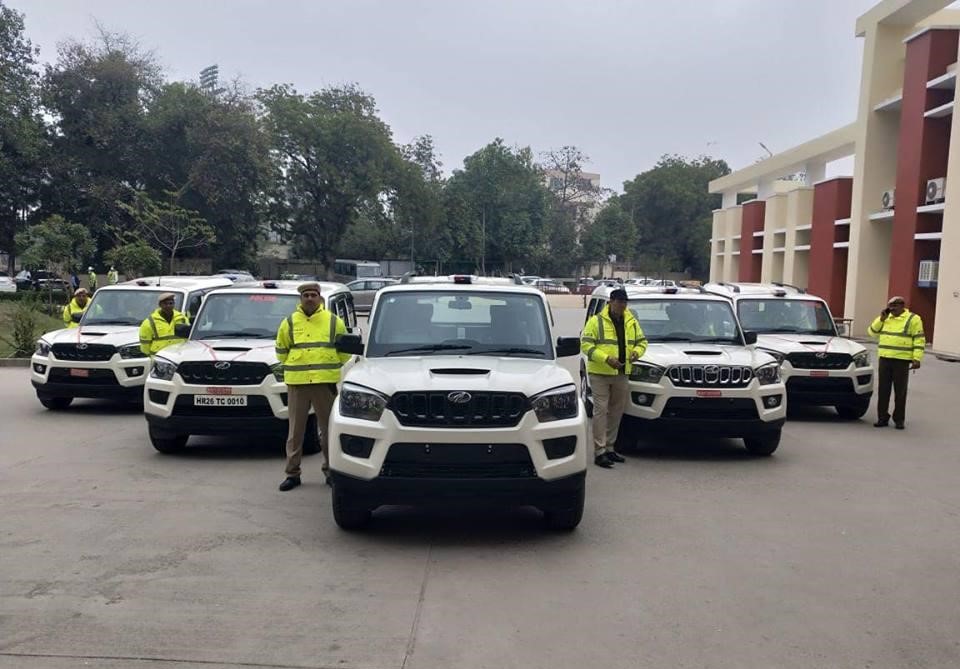

7.Sustainable Growth
India is committed to sustainable development and environmental conservation, offering opportunities for businesses to invest in renewable energy, green technologies, and sustainable practices. As the world moves towards a greener future, India’s emphasis on sustainability positions it as a key player in the global marketplace.
8. Market Size
India’s market size presents an unparalleled opportunity for foreign investors seeking growth and expansion. With a population of 1,439,625,142 as of Saturday, May 4, 2024, (based on World Meter elaboration of the latest United Nations data), India boasts one of the largest consumer bases in the world.
Whether entering the market to sell products or services, or to establish manufacturing facilities to cater to domestic demand, India’s vast market size presents a compelling case for investment and strategic expansion.
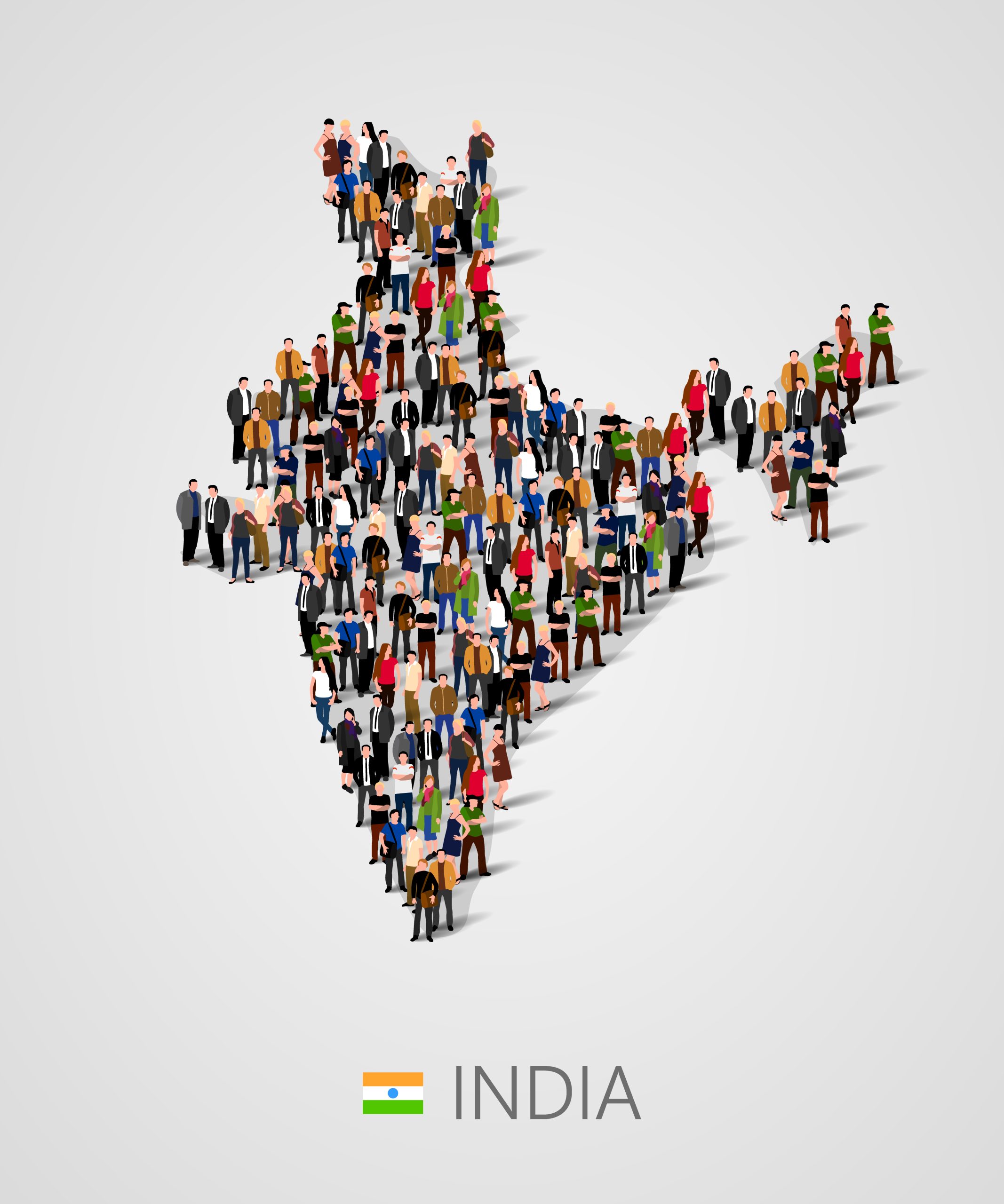
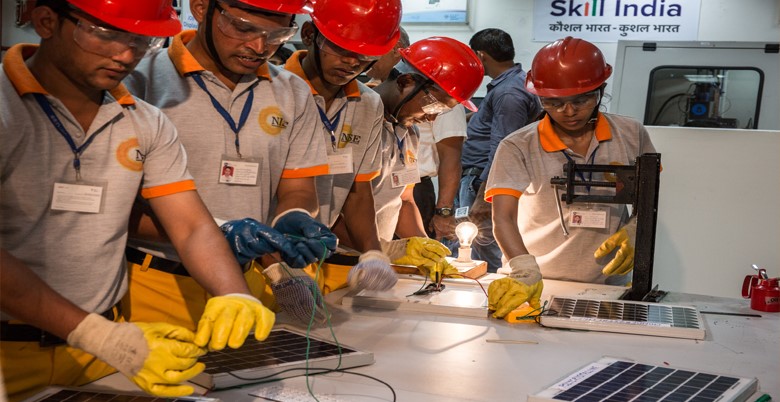
9.Labour force
India’s promising workforce is characterized by its vast pool of labor, with nearly half of its 1.4 billion population falling within the working age bracket. The labor market in India is diverse, encompassing both organized and unorganized sectors, with a significant portion engaged in small businesses and manufacturing units.
While skilled talent remains a relatively smaller segment, the expansion of higher education has contributed to a growing pool of skilled professionals.India’s competitive advantage lies in its lower labor costs, offering firms access to a vast labor market with relatively lower wage structures.
10. Historical richness
India’s historical richness is unparalleled, spanning thousands of years and encompassing diverse civilizations, cultures, and traditions.
From the ancient Indus Valley Civilization to the majestic Mughal Empire and the revered teachings of Mahatma Gandhi, India’s history is a tapestry of resilience, innovation, and enlightenment.
The country’s architectural marvels such as the timeless beauty of the Taj Mahal, the intricate carvings of Ellora and Ajanta caves, and the grandeur of ancient temples stand as testimony to India’s rich cultural heritage.
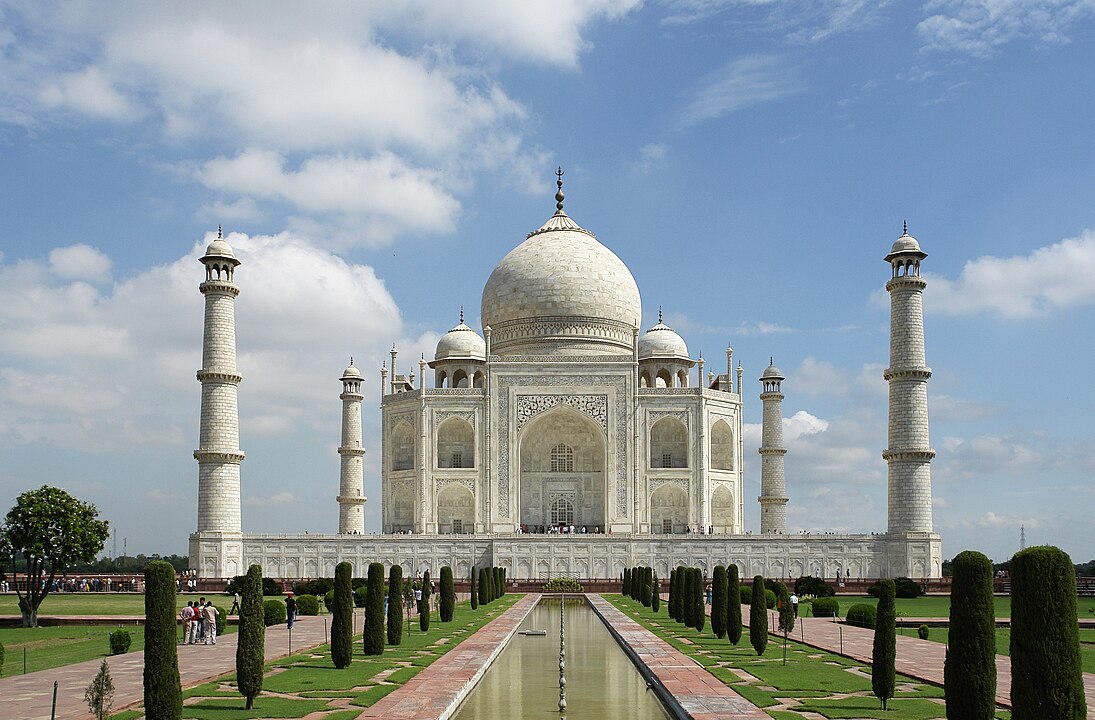
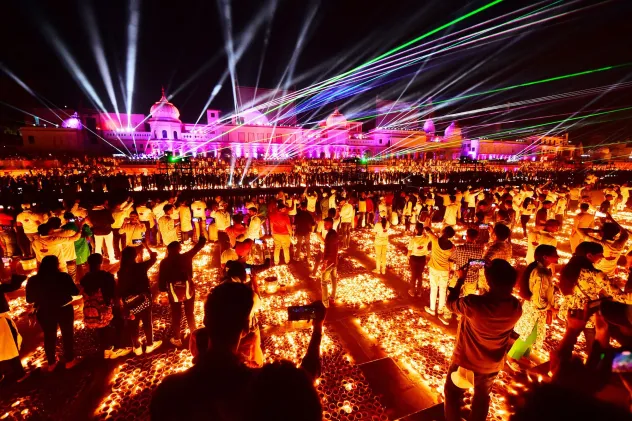
11.Tourism
Rich in natural beauty, diverse landscapes, culinary delights, and cultural festivities, India provides an array of experiences that leave a lasting impression.
From the snow-capped peaks of the Himalayas to the sun-kissed beaches of Goa, and the vibrant bazaars of Rajasthan to the serene backwaters of Kerala, India boasts a multitude of destinations catering to every traveler’s preferences.
Whether embarking on a spiritual journey along the banks of the Ganges, exploring the wilderness of national parks like Ranthambore and Jim Corbett, or immersing oneself in the colorful festivities of Diwali or Holi, India invites travelers to embark on a journey of discovery and adventure.
12. Vibrant Cultural Diversity
India is celebrated for its vibrant cultural tapestry, characterized by a kaleidoscope of languages, traditions, festivals, and cuisines.This cultural diversity not only enriches the social fabric of the nation but also presents unique opportunities for businesses to cater to varied consumer preferences and tap into niche markets.
By embracing India’s cultural diversity, investors can foster inclusivity, build strong community ties, and enhance brand resonance, thereby unlocking new avenues for growth and differentiation in an increasingly globalized marketplace.

1.Strategic Location
Situated at the crossroads of Asia, India’s strategic location provides a gateway to the vast markets of South Asia, Southeast Asia, and the Middle East.
Its proximity to major shipping routes and its access to the Indian Ocean make it an ideal hub for international trade, investment, and strategic partnerships.
Additionally, India’s strategic position offers geopolitical significance, making it a key player in regional diplomacy and security initiatives.
2. Access to Markets
India’s strategic location not only grants access to international markets but also encompasses a vast and diverse local market within its borders.
- India has signed several free trade agreements (FTA) with Singapore, Thailand, Vietnam, Malaysia, Myanmar, Philippines, Brunei Darussalam, Cambodia, Indonesia, Maldives, Sri Lanka etc.
- Countries where Indian preferential origin goods can be exported under preferential tariff treatment are China, Egypt, Brazil, Algeria, Vietnam, Argentina, Cameroon, Chile, Cuba, Guinea, Singapore, Bolivia, Ecuador, Morocco, Guyana, Indonesia, Mexico, Myanmar, Peru, Tunisia, Venezuela etc.
FTA agreements with EU countries (27) are currently under negotiation.
3. Political Stability
India’s enduring commitment to democracy ensures a stable political environment, fostering confidence among investors, businesses, and tourists.
With regular elections, peaceful transitions of power, and a strong rule of law, India provides a predictable landscape for strategic planning and investment.
This stability not only attracts investors but also contributes to regional peace and security.
4. Investment Incentives
India has liberalized its foreign direct investment (FDI) policies, allowing for greater participation from foreign investors across various sectors.
There are various incentives available to businesses depending on the economic activity, industry, location, and size of the firm.
India offers tax relief at both the central and state level. Additional incentives are available to investors in specific sectors, while India’s special economic zones (SEZs) offer their own comprehensive tax incentives and relief, competitive infrastructure, duty-free exports, and other measures designed to make it easier to conduct business. However, not all tax benefits offered are mutually inclusive.
5.Economic Growth Potential
India’s vast market size, demographic dividend, and ongoing economic reforms position it as one of the world’s fastest-growing major economies. With a burgeoning middle class and a youthful population, India offers immense opportunities for businesses to tap into a growing consumer base.
Additionally, initiatives such as Digital India and Smart Cities drive innovation and infrastructure development, further fueling economic expansion. As a result, India remains a top destination for investors seeking high returns and long-term growth prospects in a dynamic and rapidly evolving market.
6.Safety and Security
India prioritizes the safety and security of its residents and visitors, boasting a robust law enforcement infrastructure and proactive measures to ensure public safety. With low crime rates in most tourist areas and a strong emphasis on hospitality, travelers can explore the country with confidence.
Additionally, initiatives such as the Tourist Police and dedicated helplines offer assistance and support to tourists, further enhancing the sense of security. Whether exploring bustling cities or serene countryside, visitors can enjoy India’s diverse landscapes and vibrant culture in a safe and welcoming environment.
7.Sustainable Growth
India is committed to sustainable development and environmental conservation, offering opportunities for businesses to invest in renewable energy, green technologies, and sustainable practices. As the world moves towards a greener future, India’s emphasis on sustainability positions it as a key player in the global marketplace.
8.Market Size
India’s market size presents an unparalleled opportunity for foreign investors seeking growth and expansion. With a population of 1,439,625,142 as of Saturday, May 4, 2024, (based on World Meter elaboration of the latest United Nations data), India boasts one of the largest consumer bases in the world.
Whether entering the market to sell products or services, or to establish manufacturing facilities to cater to domestic demand, India’s vast market size presents a compelling case for investment and strategic expansion.
9.Labour force
India’s promising workforce is characterized by its vast pool of labor, with nearly half of its 1.4 billion population falling within the working age bracket. The labor market in India is diverse, encompassing both organized and unorganized sectors, with a significant portion engaged in small businesses and manufacturing units.
While skilled talent remains a relatively smaller segment, the expansion of higher education has contributed to a growing pool of skilled professionals.India’s competitive advantage lies in its lower labor costs, offering firms access to a vast labor market with relatively lower wage structures.
10. Historical richness
India’s historical richness is unparalleled, spanning thousands of years and encompassing diverse civilizations, cultures, and traditions.
From the ancient Indus Valley Civilization to the majestic Mughal Empire and the revered teachings of Mahatma Gandhi, India’s history is a tapestry of resilience, innovation, and enlightenment.
The country’s architectural marvels such as the timeless beauty of the Taj Mahal, the intricate carvings of Ellora and Ajanta caves, and the grandeur of ancient temples stand as testimony to India’s rich cultural heritage.
11.Tourism
Rich in natural beauty, diverse landscapes, culinary delights, and cultural festivities, India provides an array of experiences that leave a lasting impression.
From the snow-capped peaks of the Himalayas to the sun-kissed beaches of Goa, and the vibrant bazaars of Rajasthan to the serene backwaters of Kerala, India boasts a multitude of destinations catering to every traveler’s preferences.
Whether embarking on a spiritual journey along the banks of the Ganges, exploring the wilderness of national parks like Ranthambore and Jim Corbett, or immersing oneself in the colorful festivities of Diwali or Holi, India invites travelers to embark on a journey of discovery and adventure.
12. Vibrant Cultural Diversity
India is celebrated for its vibrant cultural tapestry, characterized by a kaleidoscope of languages, traditions, festivals, and cuisines.This cultural diversity not only enriches the social fabric of the nation but also presents unique opportunities for businesses to cater to varied consumer preferences and tap into niche markets.
By embracing India’s cultural diversity, investors can foster inclusivity, build strong community ties, and enhance brand resonance, thereby unlocking new avenues for growth and differentiation in an increasingly globalized marketplace.